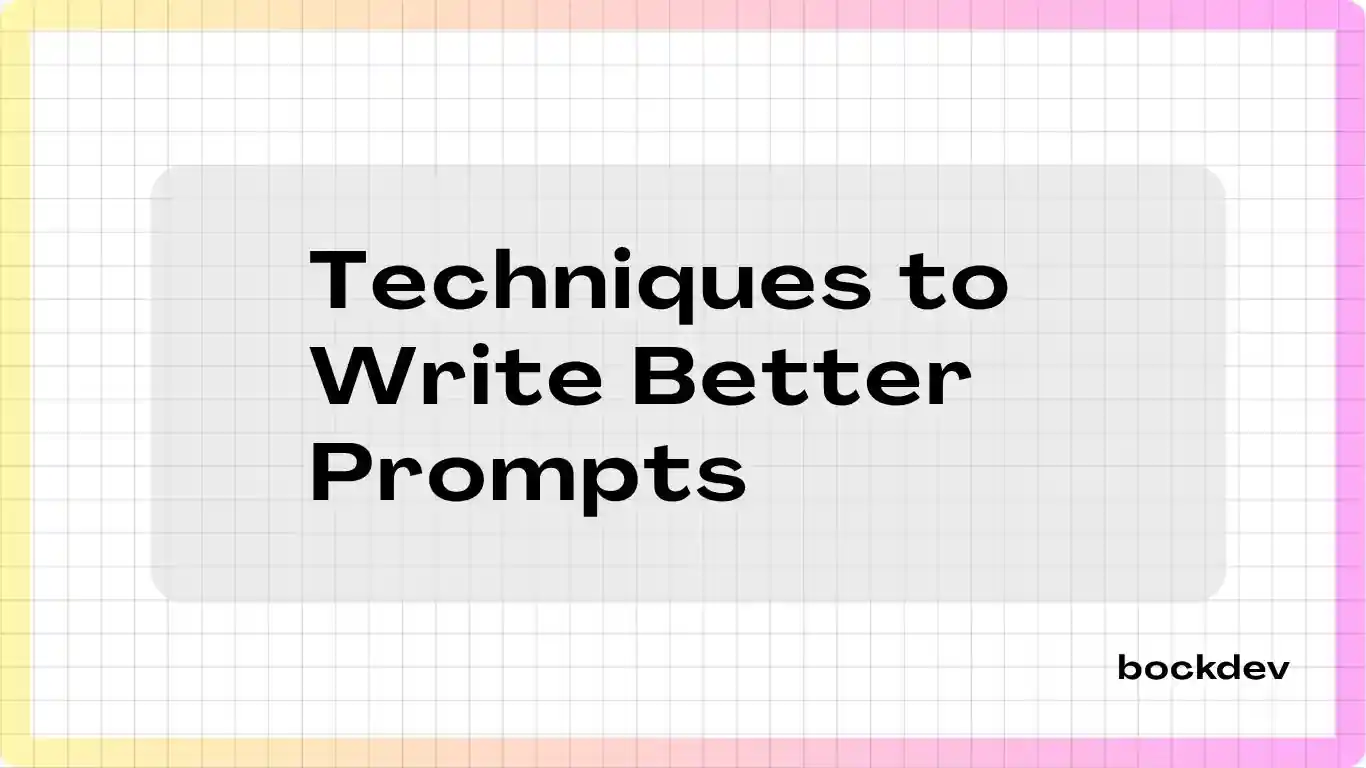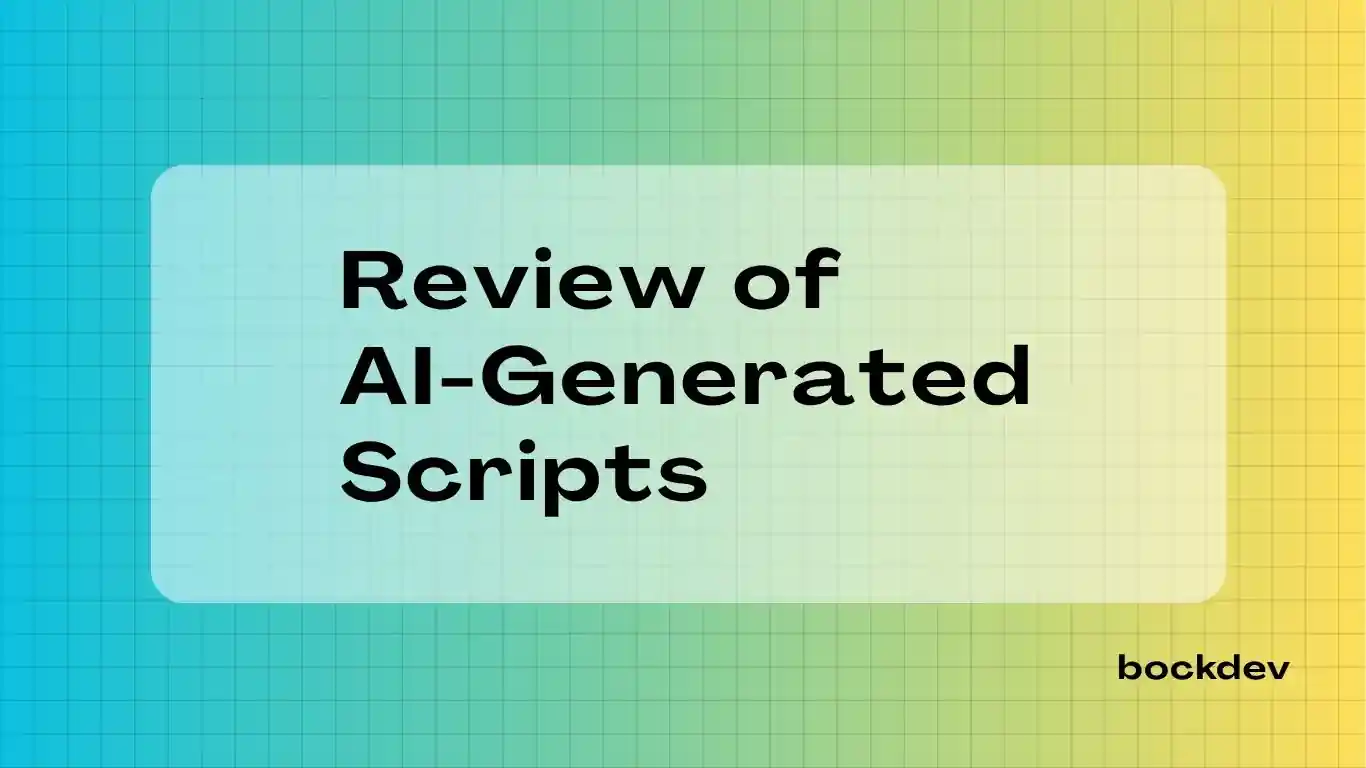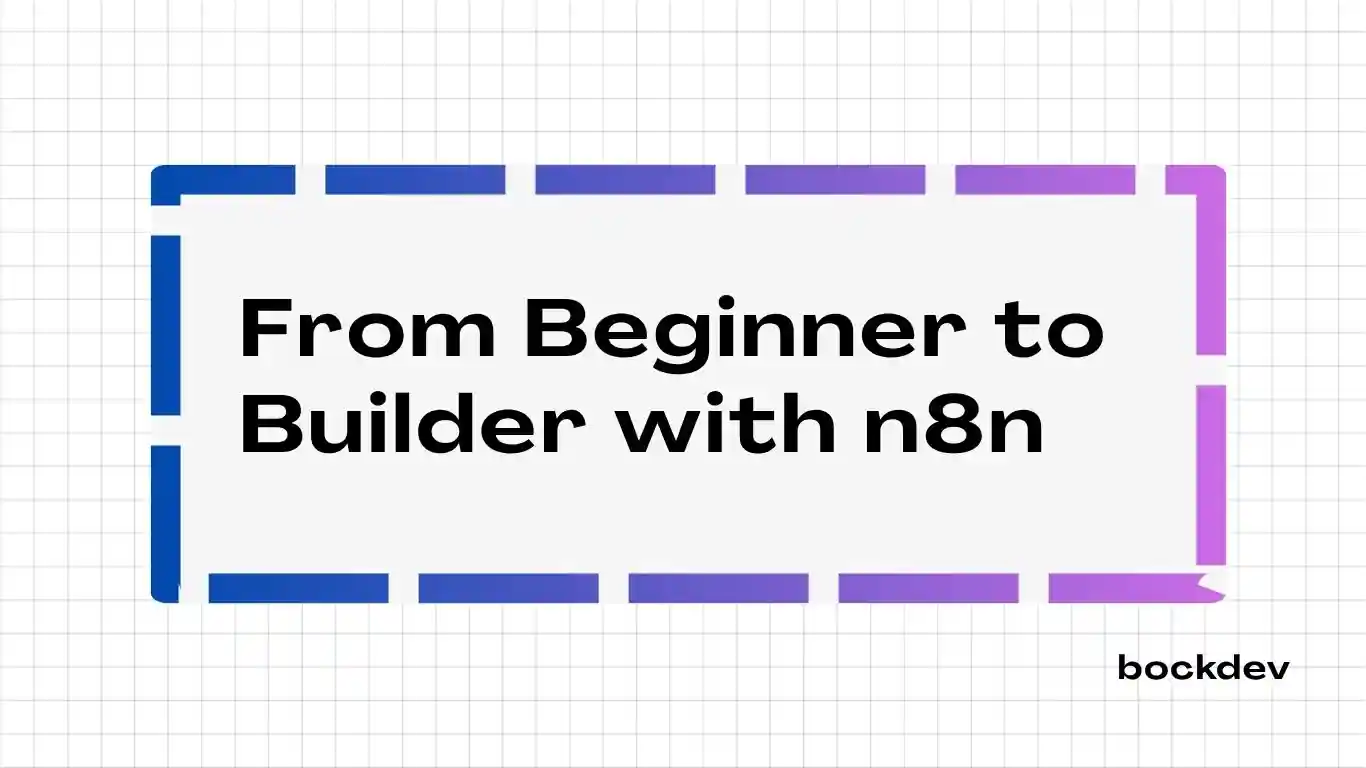
Writing effective prompts is essential to harness the full power of LLM models. The clearer and more precise your prompt, the better and more useful the AI’s response will be. In this post, we explore key techniques for writing better prompts with bad and good examples for each point to illustrate how you can improve your prompt writing skills.
1. Be Clear and Specific
Vague prompts lead to generic or unfocused answers. Specificity helps the AI understand exactly what you want.
Tell me about marketing ❌ - Too general and AI doesn’t know which aspect to focus on.
Explain five digital marketing strategies for small e-commerce businesses in 2025 ✅ - Clear topic, audience, and number of points requested.
2. Provide Context
Context helps the AI tailor its response to your needs and avoid irrelevant information.
Write a social media post ❌ - No information about the brand, audience, or purpose.
Write a friendly Instagram post promoting a new eco-friendly water bottle brand targeting young teens interested in sustainability ✅ - Context about product, audience, tone, and platform.
3. Specify Output Format and Constraints
Telling the AI how to format the response and any limits helps you get usable results.
Write an email about a job application ❌ - No length, tone, or style specified.
Write a polite and concise follow-up email under 150 words, thanking the recruiter for their time and asking about the status of my job application ✅ - Clear tone, length, and purpose.
4. Assign a Role
Assigning a role helps the AI tailor language, tone, and content appropriately.
Explain retirement planning ❌ - No indication of the audience or perspective.
As a certified financial advisor, explain retirement planning strategies suitable for millennials ✅ - Role and target audience specific.
5. Use Follow-up Prompts
Prompting is an iterative process. Follow-ups help improve or clarify the AI’s initial response.
Tell me about AI ❌ - No follow-up for refinement.
Tell me about AI. Then, explain the ethical concerns in simpler terms for a high school audience ✅ - Builds on the first response to improve clarity and focus.
6. Use Action-Oriented Language
Starting with verbs directs the AI to perform a specific task rather than giving general information.
Marketing tips ❌ - Unclear what you want the AI to do with this phrase.
List 7 effective marketing tips for startups launching web apps ✅ - Instruction to lit, specific tips.
7. Structure Your Prompt
Breaking down complex requests into bullet points or numbered steps helps the AI process multiple instructions effectively.
Summarize this article and then tell me the main points and suggest related topics ❌ - All instructions in one sentence, which can confuse the AI.
Do the following (clear, step-by-step instructions) ✅:
- Summarize the article in 3 sentences
- List 5 main points
- Suggest 3 related topics for further reading
Tips
- Avoid writing new prompts from scratch with no reference.
- Saving effective prompts to save time and ensure consistent quality.
Conclusion
Writing better prompts is both an art and a science. By being clear, specific, contextual, and structured, you can dramatically improve the quality of AI-generated content.



